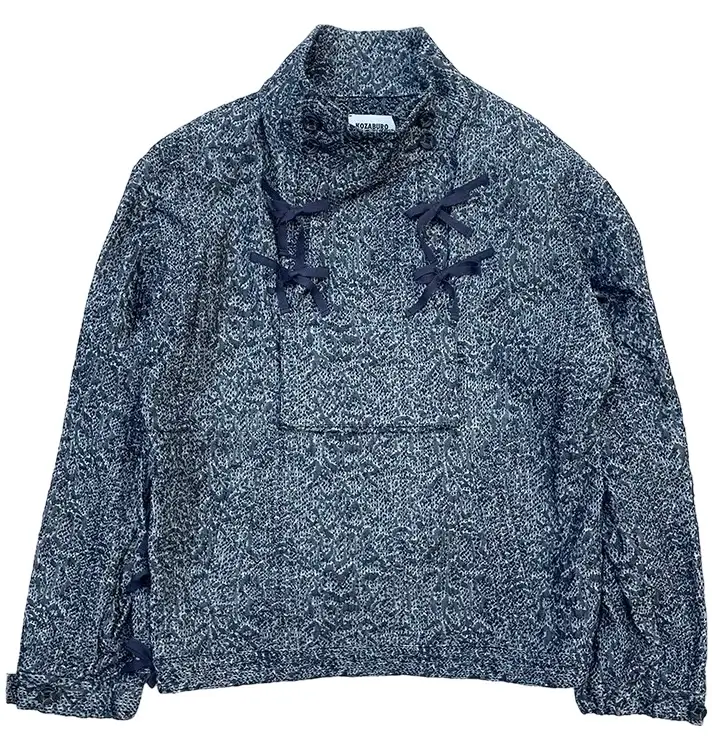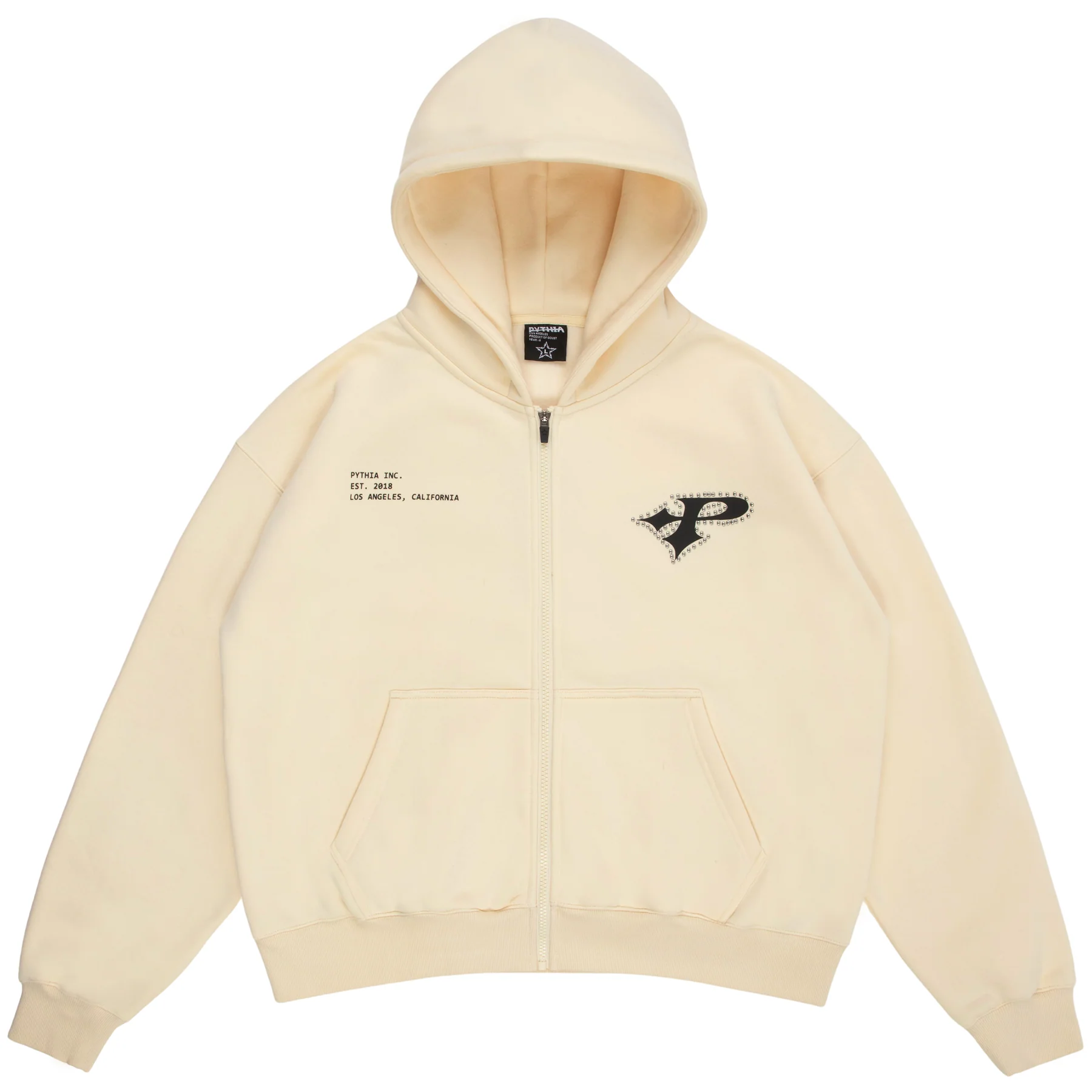There is a peculiar satisfaction in a pocket. A compartment within a compartment. A space to store the world’s residue—keys, loose change, a half-crumpled receipt, a folded map of the city’s intent. And no garment celebrates the pocket more devoutly than the cargo pant. Once strictly utilitarian, today it walks the line between battlefield and boutique. Its evolution is a reflection not just of style, but of shifting cultural priorities—function, versatility, and the allure of the unpolished.
In the fashion world, few items have experienced such dramatic oscillations of relevance as the cargo pant. From military fatigue to skate staple to runway revival, it has danced between extremes of discipline and disobedience. And yet, beneath every iteration remains its core: a pant built to carry—tools, memories, intentions.
At the heart of this enduring silhouette is a label that has quietly shaped its modern perception: Arktis. Based in the United Kingdom and trusted for decades by military and special forces worldwide, Arktis stands for rigorous construction, technical design, and field-tested endurance. But it is their urban-facing division, Arc’Air, that has pushed the cargo pant into a new context—one where camouflage meets civility, and where field gear enters the streets of Tokyo, Berlin, and New York not as disguise, but as declaration.
ARC’AIR: A MODERN TRANSLATION OF MILITARY INGENUITY
Celebrating its fifth anniversary with the Autumn/Winter 2020 collection, Arc’Air released a defining piece that encapsulates its ethos: the Japan Forest Camo Cargo Pant. This pattern, inspired by camouflage used by both the Japanese Self-Defense Forces and the Bundeswehr (German military), reflects decades of research into concealment and terrain response. But here, the print functions not to obscure—but to heighten. It’s an aesthetic language of texture and narrative, offering wearers a story of resilience, heritage, and purpose.
The trousers themselves are cut with precision. Sturdy yet flexible, they embrace the body without clinging to it. The silhouette is engineered for freedom of movement, reflecting its tactical origins, yet sits comfortably within a contemporary urban wardrobe. Multiple utility pockets—angular, deep, reinforced—adorn the thighs and calves like functional tattoos. These are not decorative flourishes. They are invitations to engage with the garment.
Stitched into the fabric is the legacy of soldiers, field medics, photographers, and travelers—anyone who has ever needed their clothing to do more than simply hang. The ¥31,900 price tag is not just for the material, but for the story. For the silhouette that holds decades of design refinement within its folds.
MILITARY STYLE IN THE PUBLIC DOMAIN
There is an unspoken power in military garments. Their silhouettes, standardized yet enduringly iconic, have influenced everything from haute couture to underground subcultures. Cargos—alongside field jackets, bombers, and M-65 parkas—entered fashion not through marketing, but through adoption. They were worn because they worked. Because they protected. Because they lasted.
Arc’Air understands this. Rather than sanitizing the military silhouette for mass-market appeal, the brand leans into its authenticity. The Japan Forest Camo pattern isn’t a washed-out approximation but a carefully constructed homage to patterns used in real-world scenarios. The pants’ cut isn’t slimmed beyond function, nor exaggerated for drama. Instead, it finds balance—a proportional harmony between strength and subtlety.
And in the streets, that balance resonates. Cargo pants are no longer the irony-soaked staples of early-2000s normcore revivalism. They are serious again—but with style. Paired with boxy overshirts, cropped bombers, or even a crisp overcoat, the Arc’Air cargos bring dimension and texture to a silhouette. They ground an outfit. They remind us of movement. They anchor the abstract with the practical.
JAPAN FOREST CAMO: NATURE AS NARRATIVE
The Japan Forest Camo pattern is especially noteworthy, not just for its visual appeal but for its geo-cultural synthesis. Camouflage, by design, adapts to environment. But in fashion, it does something different: it adapts to imagination. This particular pattern references the woodland terrains of East Asia—dense, layered, and humid—where colors shift subtly under the weight of mist and shadow. In urban settings, it becomes a poetic contrast. Green against gray concrete. Fragmented forms against minimalist architecture.
For a nation like Japan—where self-presentation is both intimate and codified—the release of this camo pattern becomes more than aesthetic. It’s a moment of stylistic resonance. Of cultural mirroring. Arc’Air doesn’t merely transpose a Western idea onto an Eastern audience; it adapts, studies, respects. This camo becomes a cross-cultural fabric: part heritage, part innovation.
FUNCTION AS IDENTITY
Fashion has never been just about appearance. It is about role-play, aspiration, identity. The Arc’Air cargo pant speaks to a generation increasingly drawn to functional authenticity. In a world of fast fashion and algorithmic design, there is hunger for garments that possess substance. Not just materials, but intention.
These pants don’t scream. They speak quietly. About survival, readiness, utility. About an aesthetic that doesn’t need gloss to resonate. And in doing so, they draw attention without spectacle.
The man or woman who wears them does not need to justify their presence. The pants tell you who they are: prepared, understated, aligned with function over frill. Yet paradoxically, this very restraint becomes boldness. In a climate of aesthetic over-saturation, to wear something real is revolutionary.
FIVE YEARS OF ARC’AIR: A MARK OF CONSISTENCY
It is fitting that Arc’Air marks its five-year milestone with a piece as defining as this. In an industry where sub-labels vanish with seasonal turnover, five years reflects clarity. Arc’Air has never sought hype. Instead, it has cultivated loyalty—among stylists, militarywear enthusiasts, and discerning dressers who crave quiet design intelligence.
These cargo pants reflect the label’s values: integrity of construction, cultural literacy, and wearable endurance. They are not loud, but they are unmistakably articulate. And as the line continues to evolve, it remains grounded in the belief that clothes, like tools, should serve their wearer—not the other way around.
CARRYING FORWARD
In 2025, to wear cargo pants is to reject the purely decorative. It is to value utility, material, purpose. It is to nod to a lineage that begins in field tents and helicopter hangars but now walks through Shibuya and SoHo alike.
Arc’Air’s Japan Forest Camo Cargo Pants do not reinvent the wheel. They do something harder—they perfect it. They strip back excess, tune proportion, honor legacy, and offer it forward.
At ¥31,900, they do not apologize. They earn their cost in every stitch, every panel, every story embedded in their camouflage.
Because in the end, fashion is not just about what you wear. It’s about what you carry.
No comments yet.









